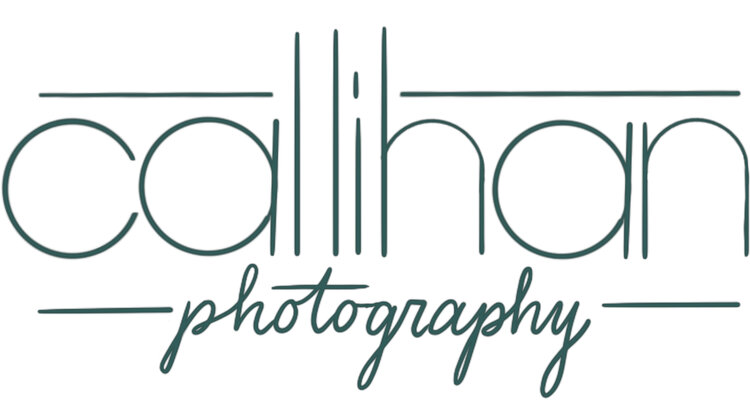The twist 60 is part of the Lensbaby series. Their website says: True to an 1840 design by Joseph Petzval, this lens reveals striking separation between subject and background. Twist 60 is a metal-bodied, non-tilting lens that mounts directly to your camera.
My Lensbaby Twist 60 is one of my favorite lenses to get me out of a creative slump. It is a 60mm f/2.5 manual focus lens. This is the most unique lens in my camera bag! It gives a twisty swirl around the edges of photographs. It naturally gives a vignette when shooting with a wide-open aperture. So, to me, the photograph has a very vintage feel when used.
This lens utilizes a central focus. The swirl will be very prominent at wider apertures, but when you close down it is not nearly as noticeable. It is best to use on a full frame camera, as the central focus point might be too wide on a crop sensor camera.
I love the lens flare that you can get with the twist 60. It handles light so differently from my other lenses. Sometimes you can get nice light leaks, or even a full ring of light flare.
This lens is not equipped with auto focus, so you must manually set your aperture and focus. It is kind of difficult to use the manual focus. But it helps me to use my sensor in the camera to let me know when I have achieved focus. This appears as a small dot in the bottom left hand corner of my viewfinder. So, with some patience, perfect focus is achievable! With quick moving kids it is really hard! I have to keep reminding my kiddos to SLOW DOWN! (extra bribery is always required, but always worth it, ha!!)




















